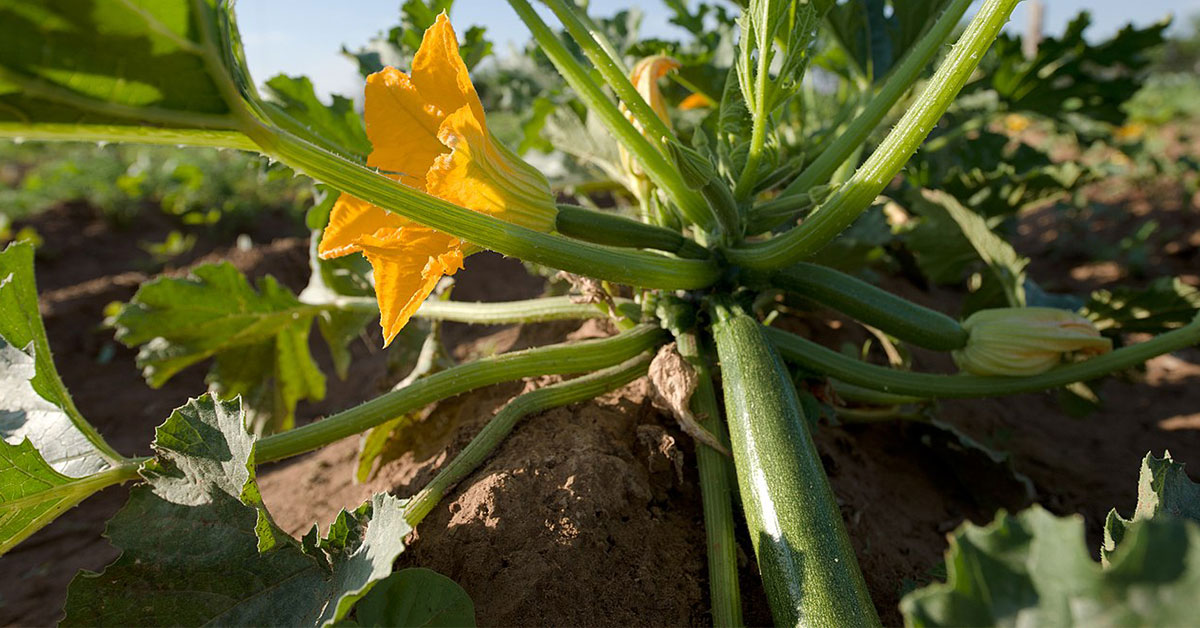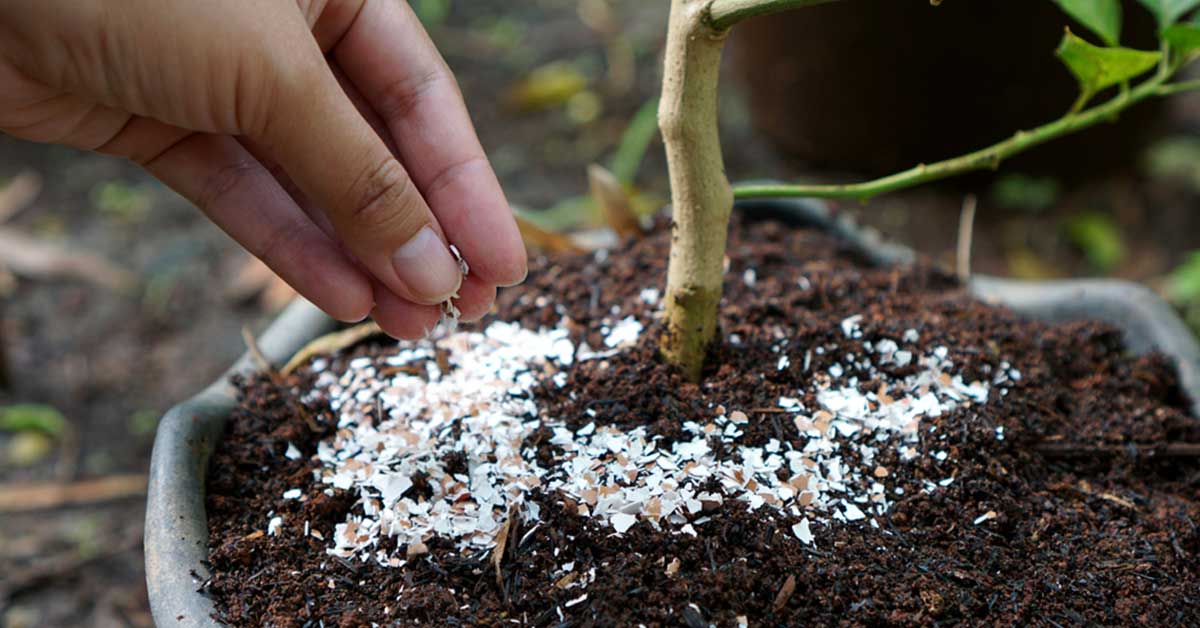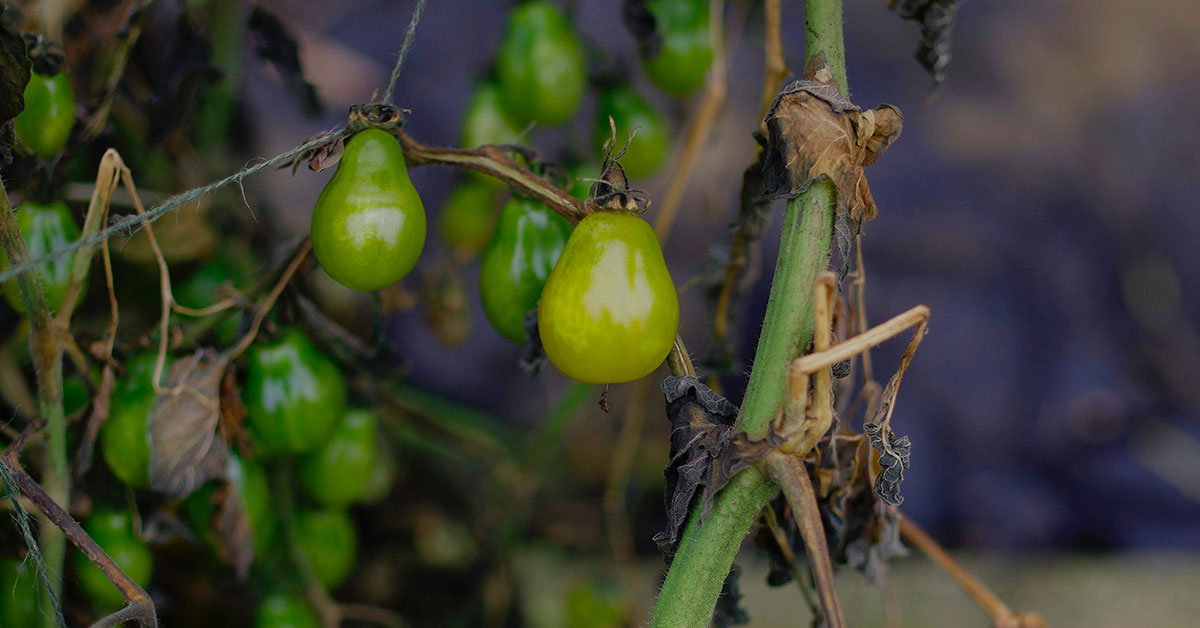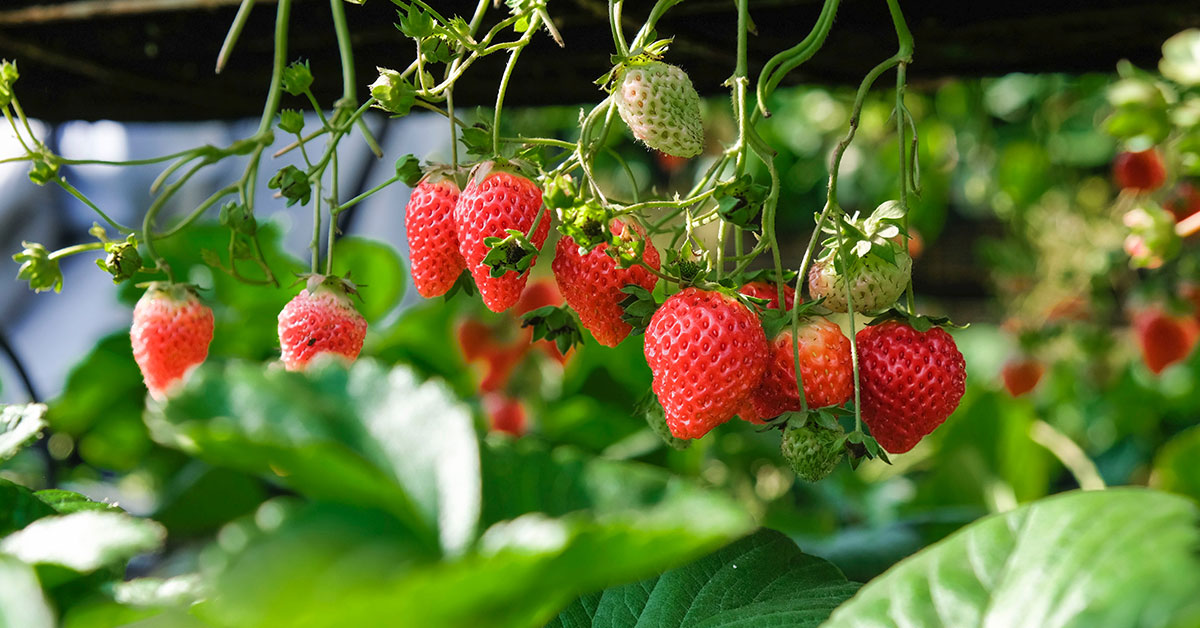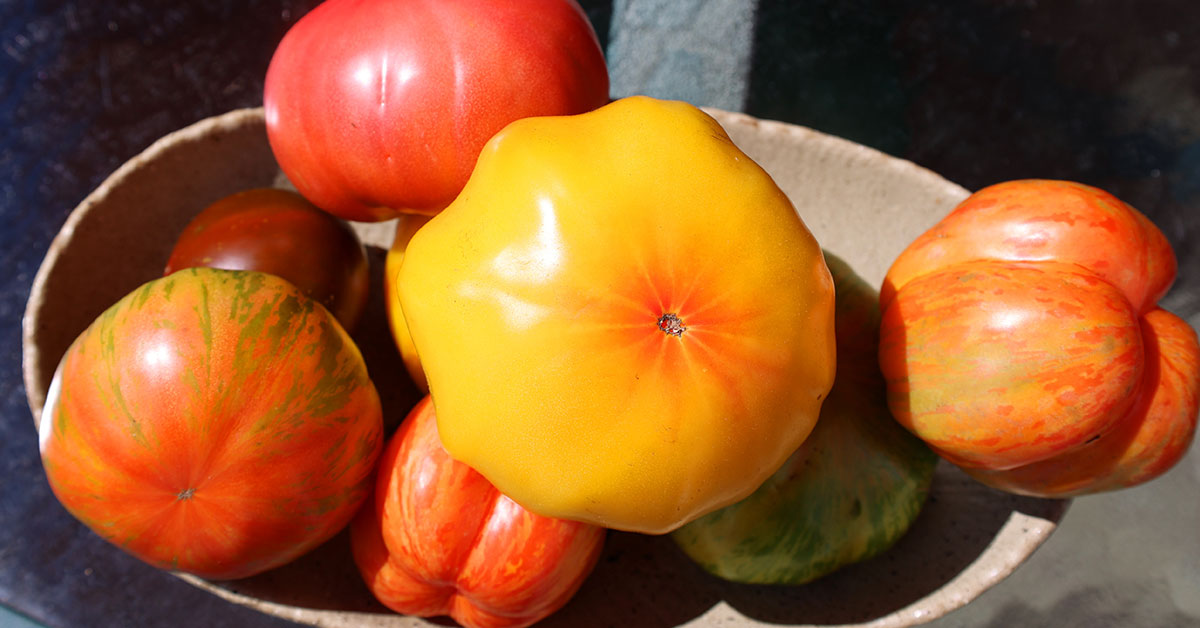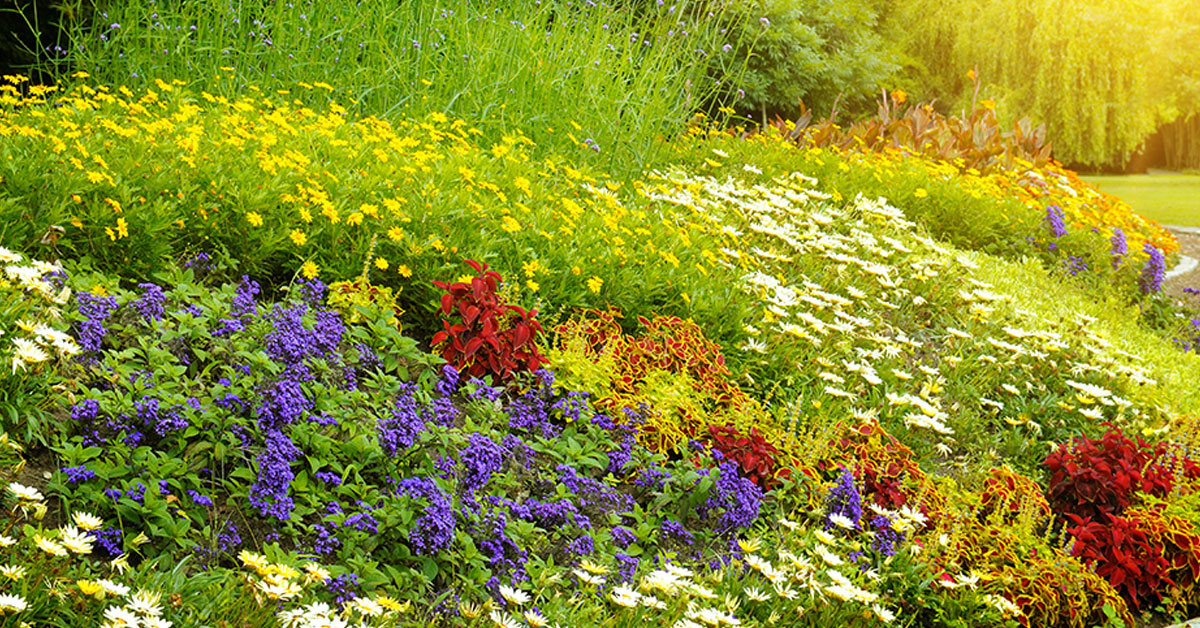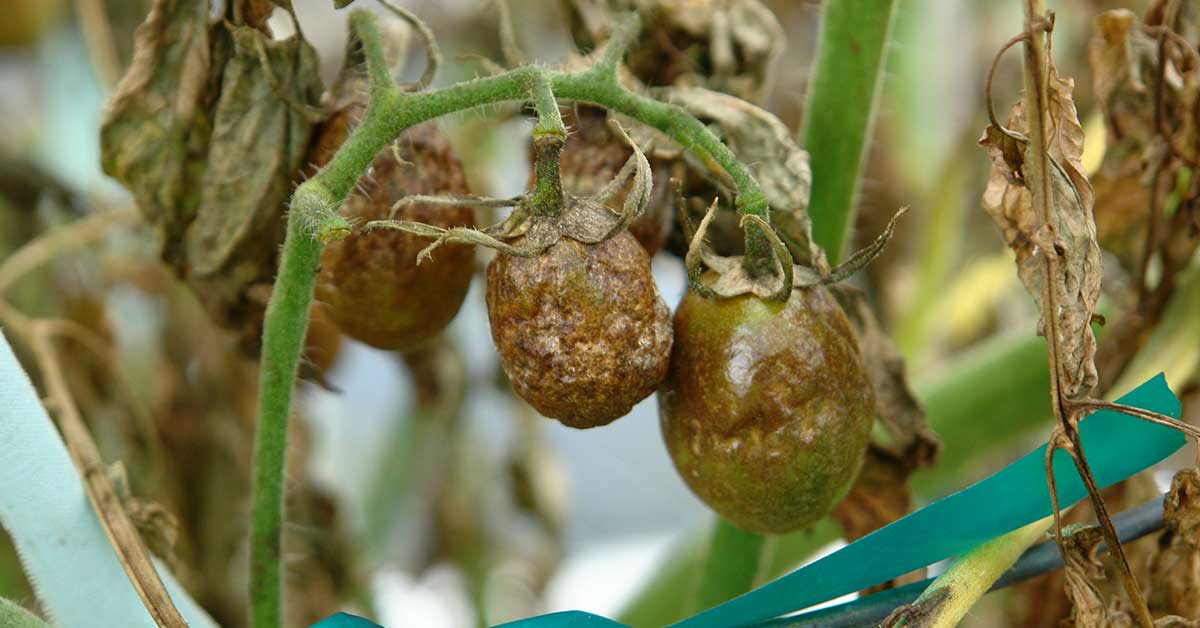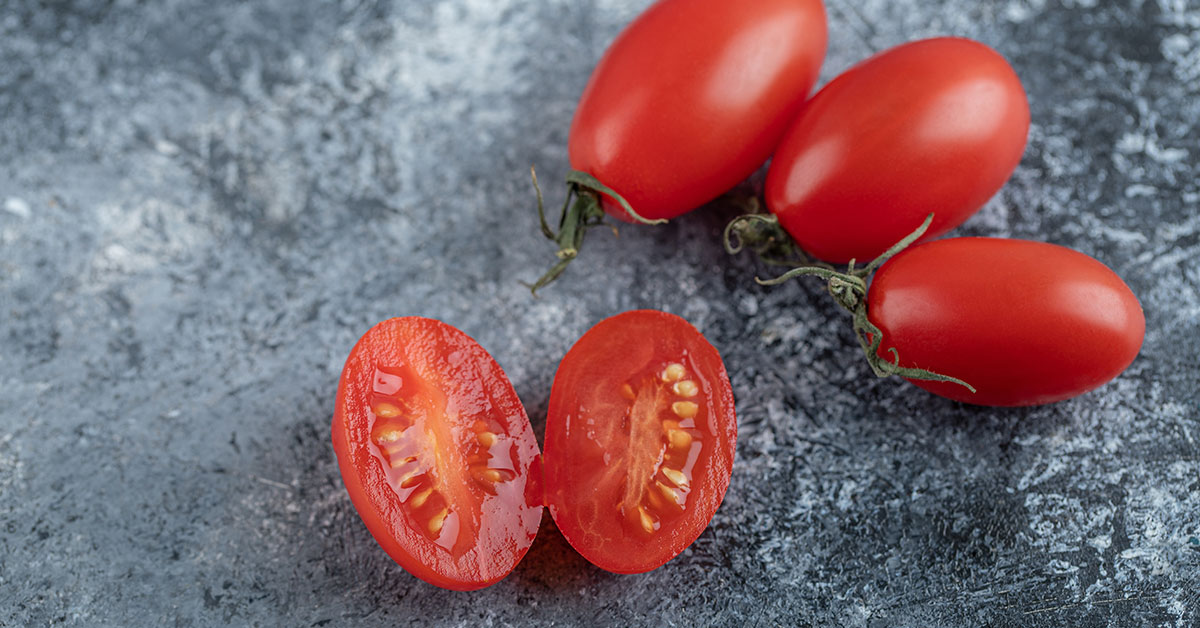Raised bed gardening offers many advantages, from better soil drainage and aeration to easier access for planting and harvesting. Raised beds can also help extend the growing season and reduce weed problems. For those who love gardening, raised beds can make the whole experience more enjoyable and productive. However, not all vegetables thrive in raised beds, so it’s important to choose the right ones to maximize your success.
In this article, I’m excited to share twelve vegetables that thrive in raised beds and five that don’t. Raised beds can transform your gardening experience, making it easier and more efficient. Let’s dive into these wonderful vegetables and discover how you can grow them successfully in your raised beds!
Carrots
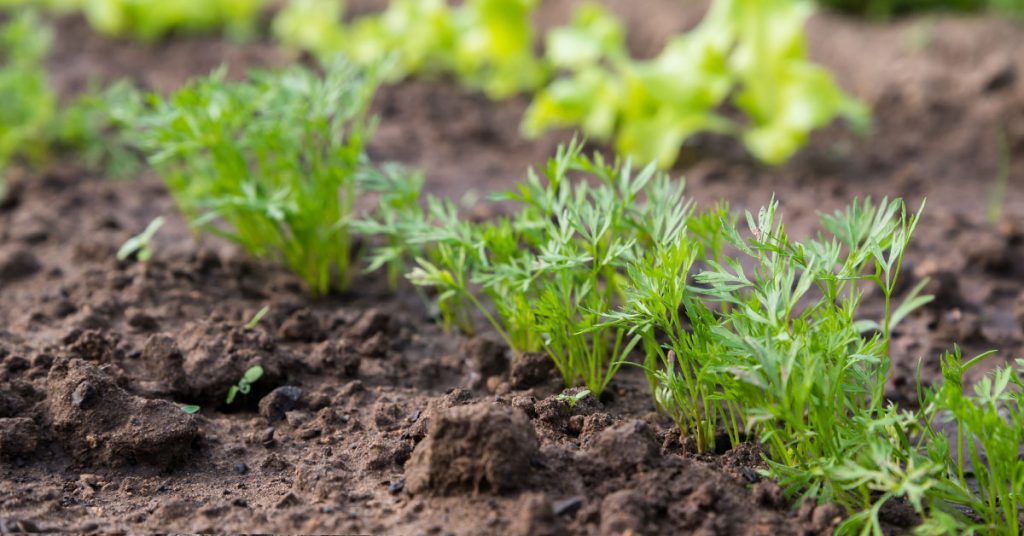
Carrots are one of my favorite vegetables to grow in raised beds! They thrive in the loose, well-drained soil that raised beds provide. Carrots need deep, loose soil to grow straight and long, so a raised bed is perfect. Plant carrot seeds directly in the bed in early spring or late summer for a fall harvest. Keep the soil consistently moist to ensure even germination and root development.
Carrots come in a variety of colors and sizes, adding a fun and nutritious element to your garden. They are rich in beta-carotene, fiber, and vitamins. Raised beds help prevent soil compaction, which is crucial for growing straight, healthy carrots. With proper care, you’ll have a bountiful harvest of sweet, crunchy carrots!
Lettuce
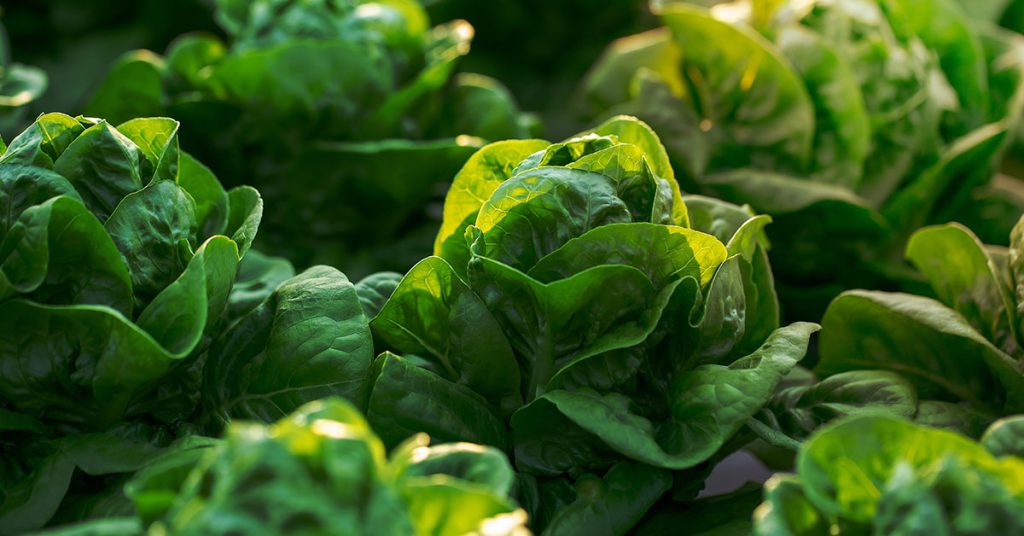
Lettuce is a versatile and easy-to-grow vegetable that thrives in raised beds. The loose, well-drained soil allows lettuce to develop tender, crisp leaves. Lettuce prefers cooler temperatures, so plant it in early spring or late summer. Sow the seeds directly in the bed and keep the soil moist to ensure even germination.
There are many varieties of lettuce to choose from, including leaf, romaine, and butterhead. Raised beds make it easy to manage the growing environment, providing consistent moisture and protection from pests. With regular harvesting, you can enjoy fresh, homegrown lettuce throughout the growing season!
Tomatoes
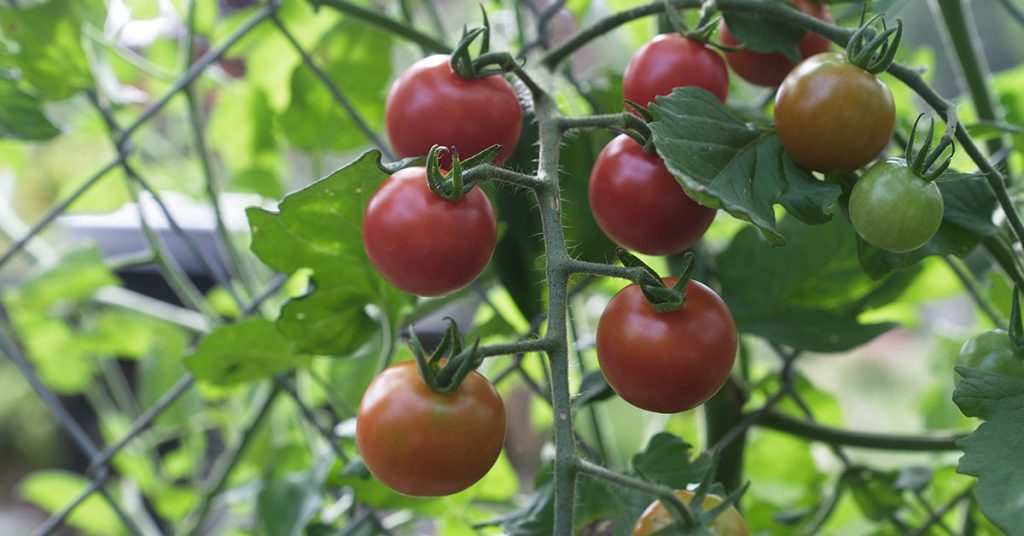
Tomatoes are a popular choice for raised bed gardening due to their need for well-drained soil and plenty of sunlight. Plant tomato seedlings in the bed after the danger of frost has passed. Ensure the soil is rich in organic matter and provides good drainage. Staking or caging the plants will help support their growth and keep the fruit off the ground.
Tomatoes come in many varieties, from cherry to beefsteak, offering endless possibilities for your garden. Raised beds help maintain optimal soil conditions, which is crucial for healthy tomato plants. With proper care, you’ll enjoy a plentiful harvest of juicy, flavorful tomatoes!
Peppers
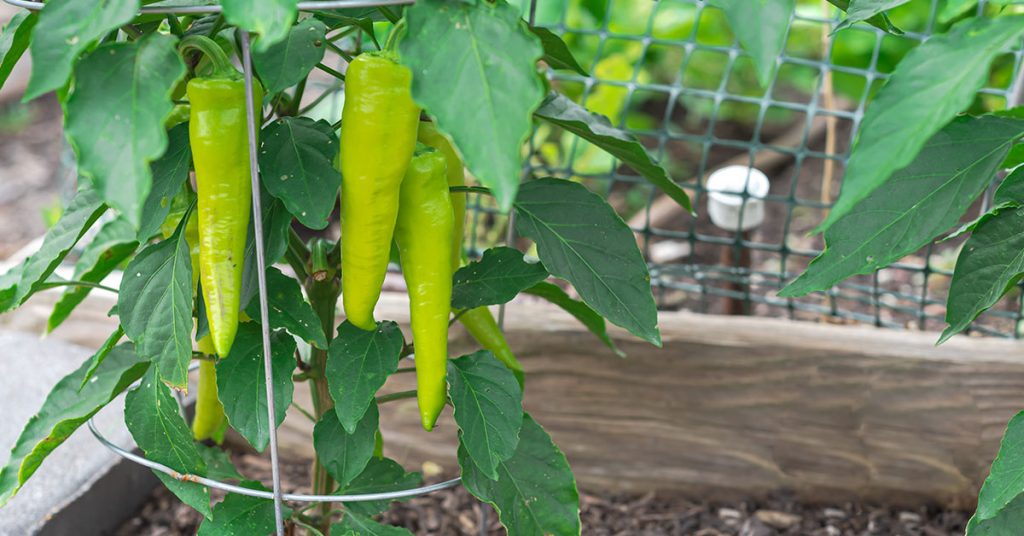
Peppers thrive in the warm, well-drained soil of raised beds. Whether you’re growing sweet bell peppers or spicy hot peppers, raised beds provide the ideal environment. Plant pepper seedlings in the bed after the last frost date, ensuring they have plenty of space to grow. Peppers prefer full sun and consistent moisture.
Raised beds help maintain the warm soil temperatures that peppers love, leading to vigorous growth and abundant fruit production. Peppers are rich in vitamins A and C, making them a nutritious addition to your garden. With a variety of colors and flavors, peppers add excitement to your gardening experience!
Radishes
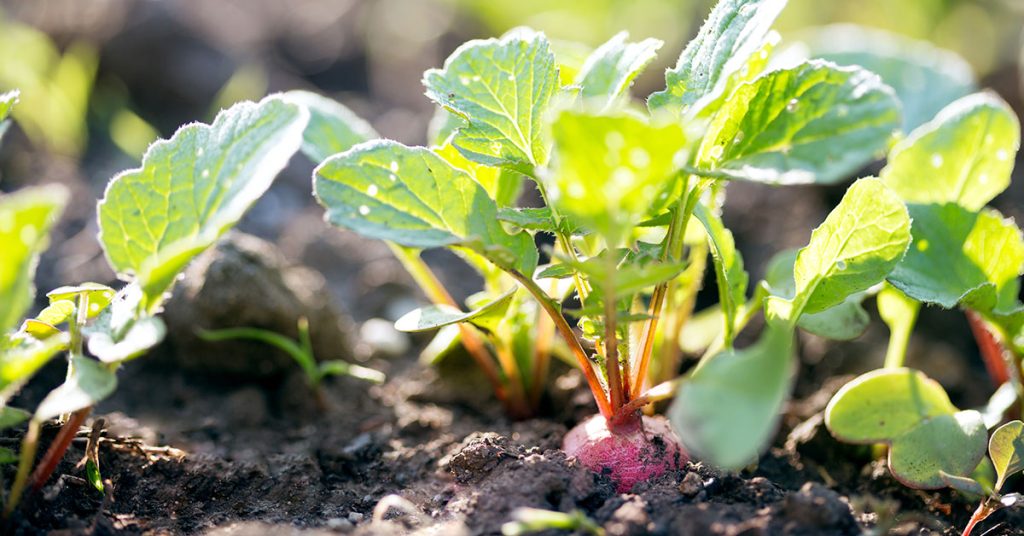
Radishes are quick-growing root vegetables that thrive in raised beds. The loose, well-drained soil allows radishes to develop crisp, tender roots. Sow radish seeds directly in the bed in early spring or late summer for a fall harvest. Radishes mature quickly, often in just a few weeks, making them perfect for succession planting.
Radishes come in a variety of colors and shapes, adding a fun element to your garden. They are rich in vitamins and antioxidants. Raised beds help maintain the optimal soil conditions that radishes need, ensuring a bountiful and tasty harvest. Enjoy them fresh in salads or as a crunchy snack!
Spinach
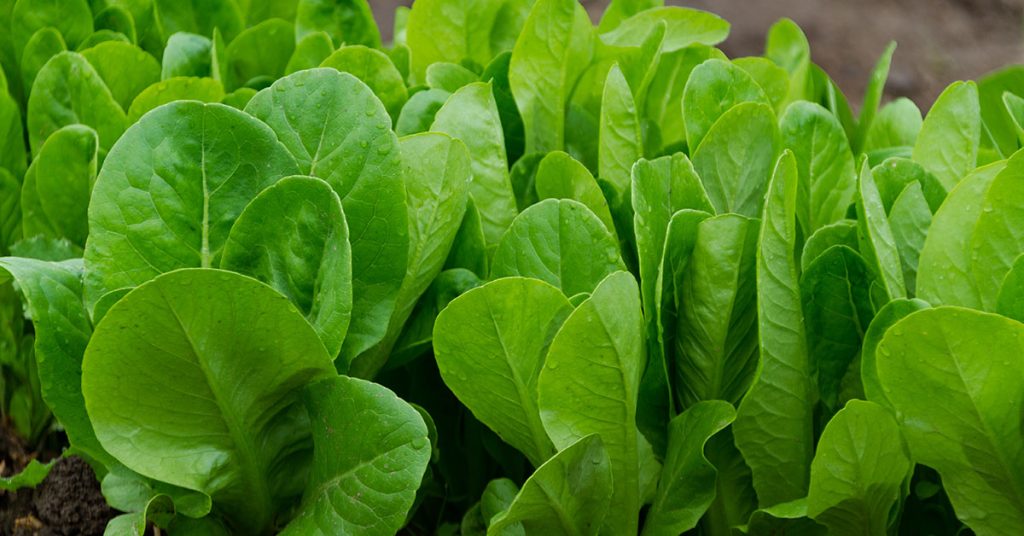
Spinach is a nutrient-dense leafy green that grows well in raised beds. It prefers well-drained soil and partial to full sun. Plant spinach seeds in early spring or fall, as it thrives in cooler temperatures. Keep the soil consistently moist to ensure healthy growth.
Spinach is packed with vitamins A, C, and K, as well as iron and calcium. Raised beds help protect spinach from pests and diseases, providing a controlled environment for healthy growth. With regular harvesting, you can enjoy fresh spinach throughout the growing season, perfect for salads, sautés, and smoothies!
Zucchini
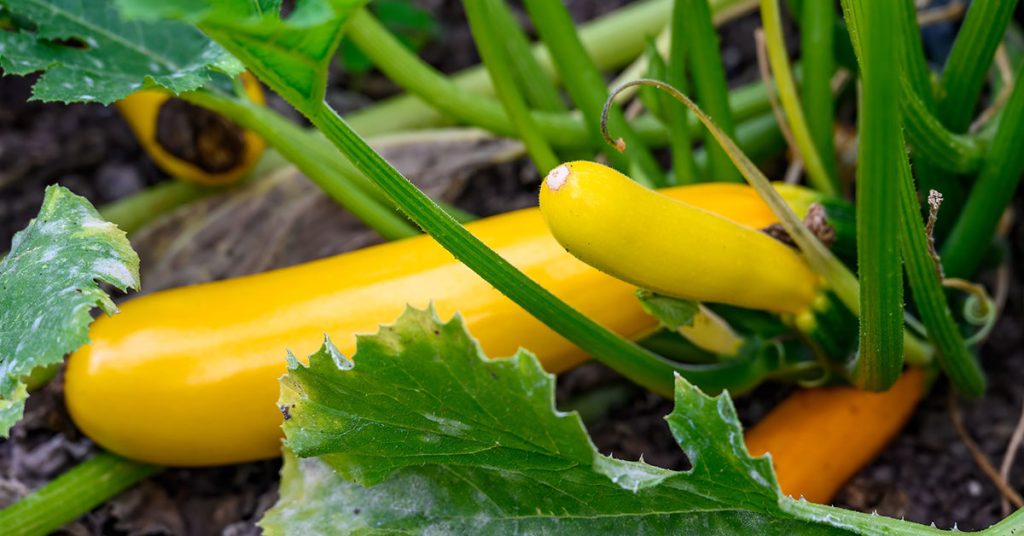
Zucchini is a prolific vegetable that thrives in the loose, fertile soil of raised beds. Plant zucchini seeds or seedlings in the bed after the last frost date. Zucchini plants need plenty of space to spread out, so ensure they have enough room to grow. They prefer full sun and consistent moisture.
Zucchini is rich in vitamins A and C, and its high water content makes it a hydrating addition to your diet. Raised beds help prevent soil compaction and improve drainage, leading to healthier plants and more abundant yields. Enjoy zucchini grilled, roasted, or in your favorite baked goods!
Beets
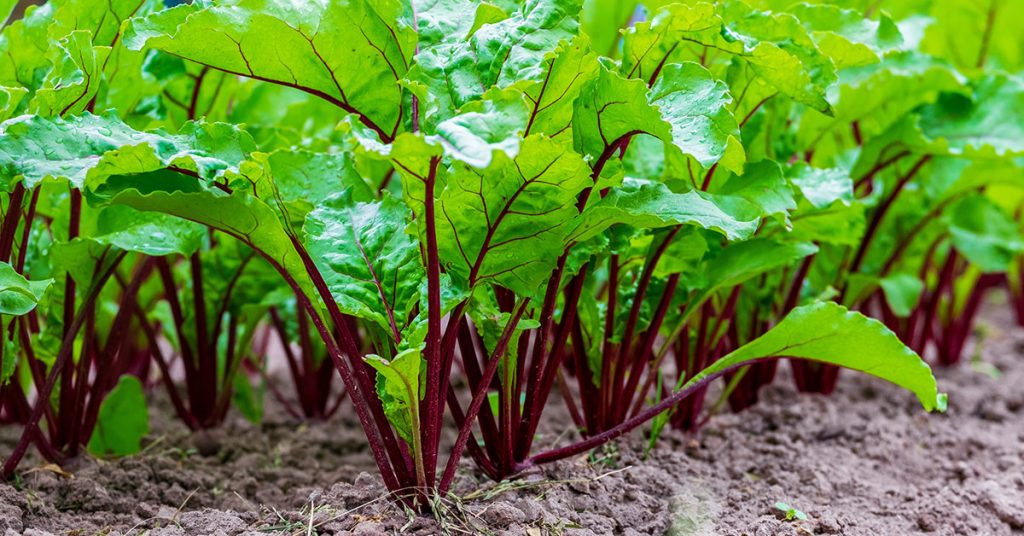
Beets are a hardy root vegetable that grow well in raised beds. The loose, well-drained soil allows beets to develop smooth, tender roots. Plant beet seeds directly in the bed in early spring or late summer for a fall harvest. Beets need consistent moisture and thinning to ensure healthy root development.
Beets are rich in fiber, vitamins, and minerals, making them a nutritious addition to your garden. Raised beds help maintain the optimal soil conditions that beets need, preventing soil compaction and promoting healthy growth. Enjoy beets roasted, pickled, or in salads!
Onions
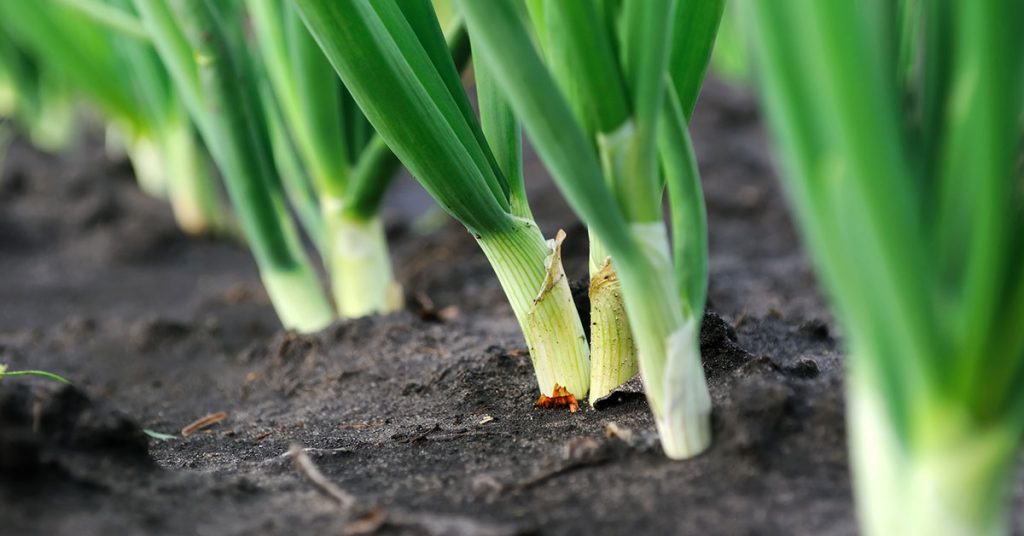
Onions thrive in the well-drained soil and full sun of raised beds. Plant onion sets or seedlings in early spring or fall, and provide regular watering to keep the soil moist. Onions benefit from consistent moisture and good air circulation to prevent diseases. Harvest them when the tops start to fall over and dry out.
Onions are rich in vitamins C and B6, and their high quercetin content may have anti-inflammatory properties. Raised beds help maintain the ideal soil conditions for growing large, healthy onions. Enjoy them fresh, cooked, or preserved for year-round use!
Cucumbers
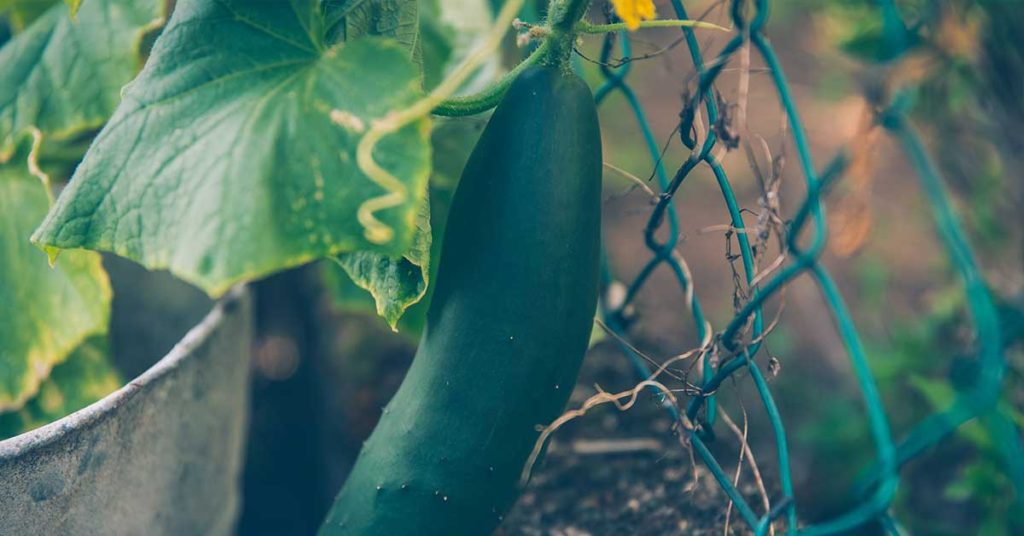
Cucumbers are a refreshing vegetable that thrive in the warm, well-drained soil of raised beds. Plant cucumber seeds or seedlings in the bed after the last frost date. Cucumbers need plenty of space to grow and benefit from trellising to keep the vines off the ground. They prefer full sun and consistent moisture.
Cucumbers are rich in vitamins K and C, and their high water content makes them a hydrating addition to your diet. Raised beds help maintain the warm soil temperatures that cucumbers love, leading to vigorous growth and abundant fruit production. Enjoy cucumbers fresh in salads, pickled, or as a crunchy snack!
Swiss Chard
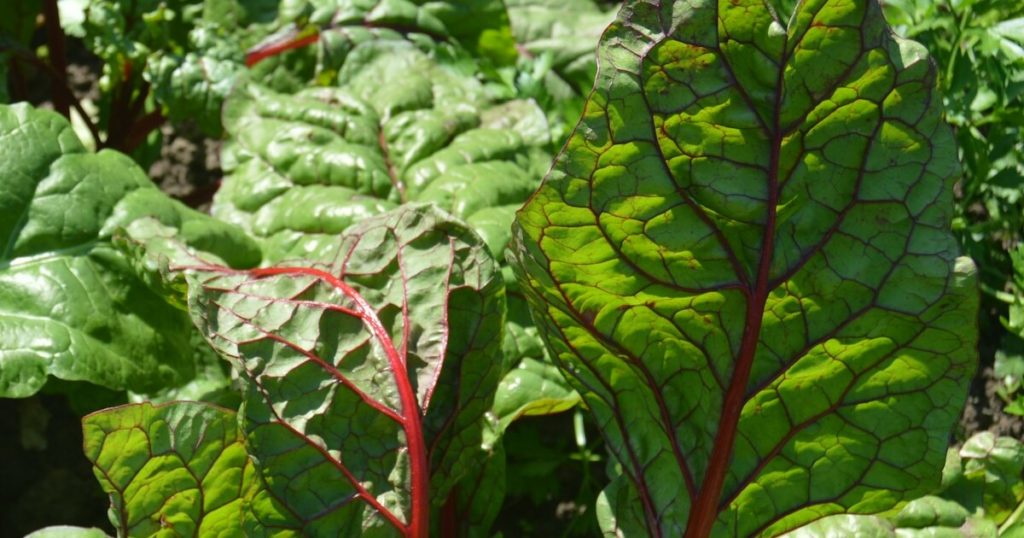
Swiss chard is a colorful and nutritious leafy green that grows well in raised beds. It prefers well-drained soil and full sun to partial shade. Swiss chard is quite tolerant of both heat and cool weather, making it suitable for a long growing season. Regular watering and harvesting the outer leaves will encourage continuous growth.
Swiss chard is rich in vitamins A, C, and K, as well as magnesium and potassium. Raised beds help protect Swiss chard from pests and diseases, providing a controlled environment for healthy growth. Enjoy Swiss chard in salads, sautés, and soups!
Not all vegetables are well-suited for raised beds. Some require more depth or specific soil conditions that raised beds may not provide. Here are five vegetables that typically do not thrive in raised beds:
Potatoes

Potatoes need deep, loose soil to develop large tubers. Raised beds often do not provide the necessary depth for optimal potato growth. If you have deep beds, go for it! But if your beds are only about a foot deep, they won’t do well. Instead, plant potatoes directly in well-tilled ground or in large containers to ensure they have enough space to grow.
Corn
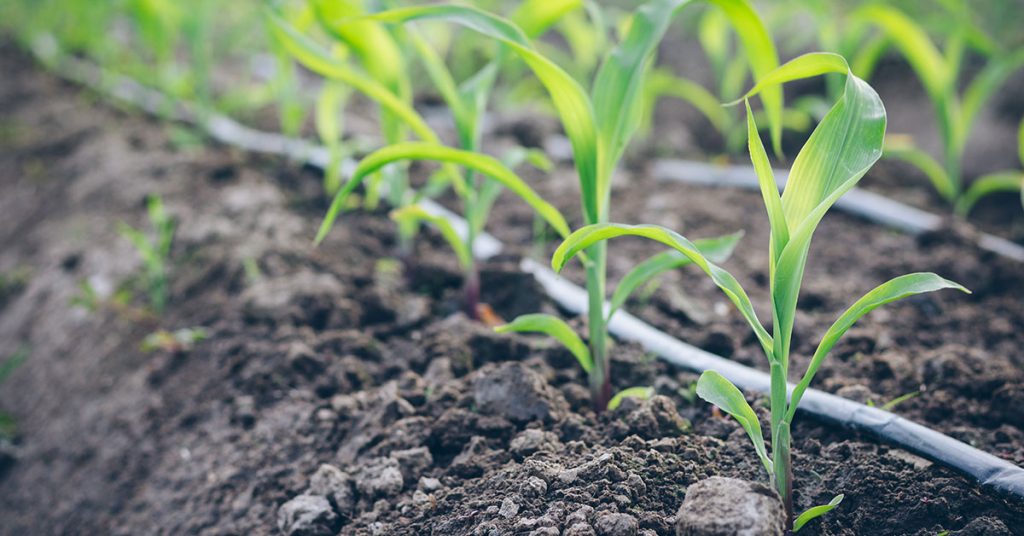
Corn is a tall, heavy feeder that requires deep soil and plenty of space. Raised beds may not provide the depth or stability needed for healthy corn growth. Corn also prefers to be planted in blocks for proper pollination, which can be challenging in raised beds.
Asparagus
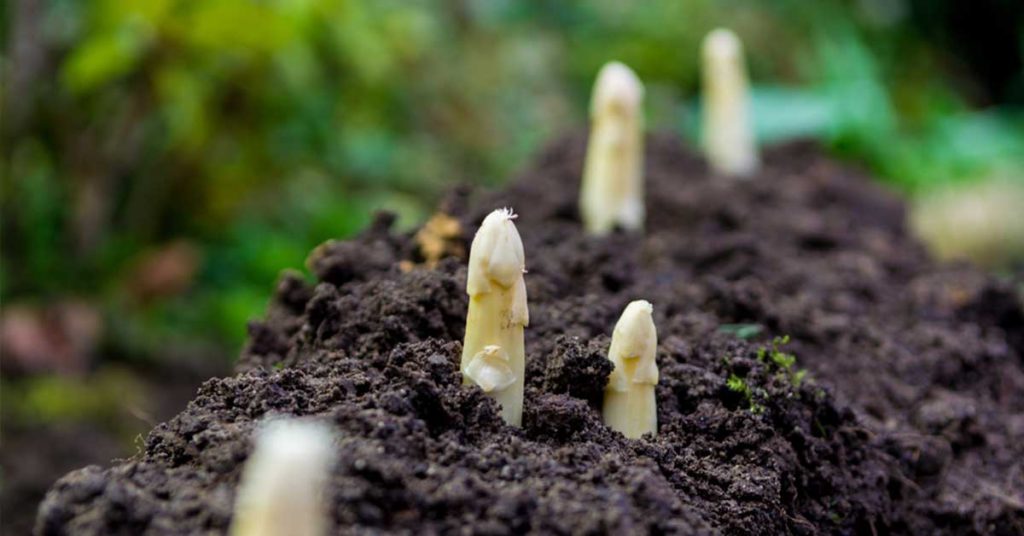
Asparagus is a perennial vegetable that requires deep, well-drained soil and plenty of space to establish its root system. Raised beds may not provide the necessary depth for healthy asparagus growth. Plant asparagus directly in the ground for the best results.
Rhubarb
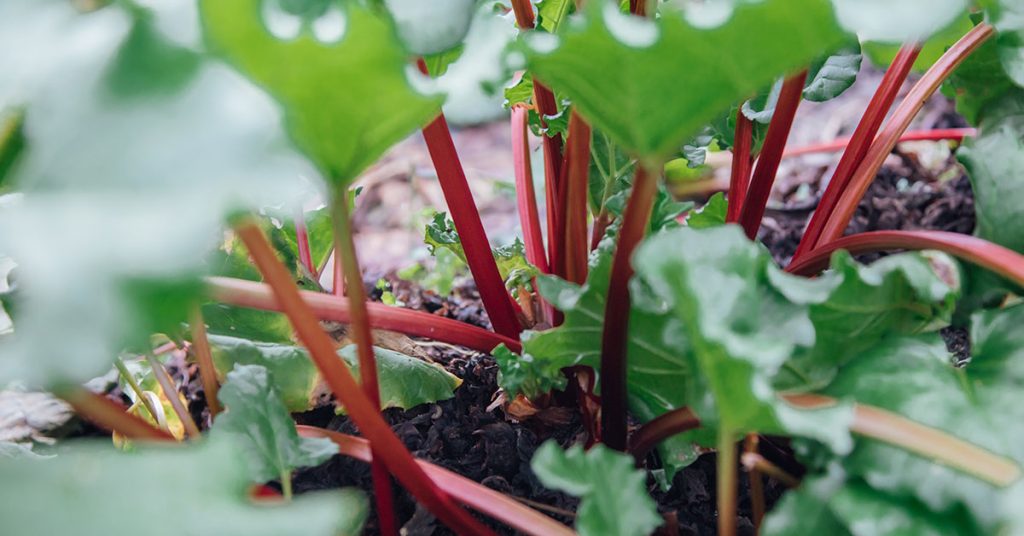
Rhubarb is a perennial vegetable that requires deep, fertile soil and plenty of space to spread. Raised beds often do not provide the necessary depth or space for healthy rhubarb growth. Plant rhubarb directly in the ground to ensure it has enough room to thrive.
Melons
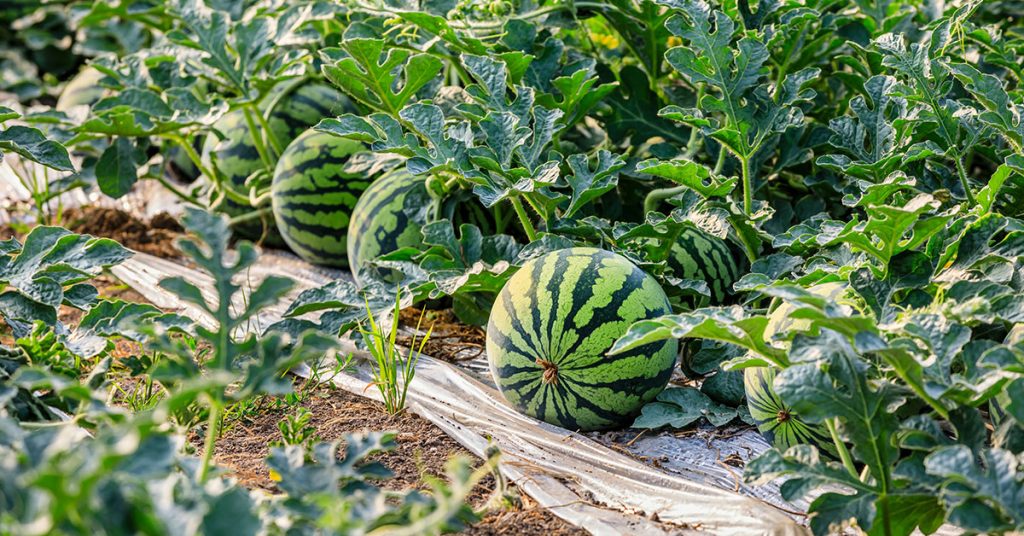
Melons need plenty of space to spread out and develop large, sweet fruit. Raised beds may not provide the necessary space or depth for healthy melon growth. Plant melons directly in the ground or in large containers to ensure they have enough room to grow.
Raised bed gardening can be a rewarding and productive way to grow a variety of vegetables. By choosing the right vegetables and providing the optimal growing conditions, you can enjoy a bountiful harvest all season long.
